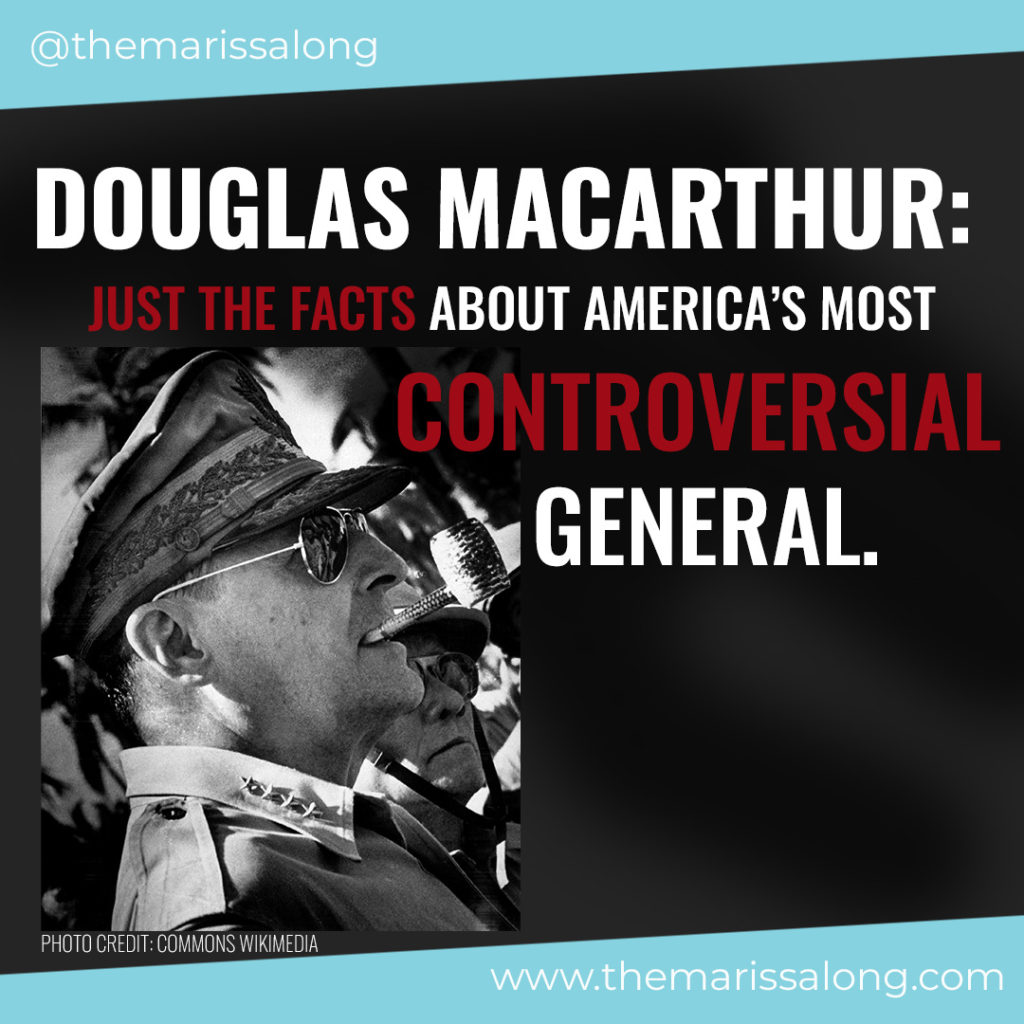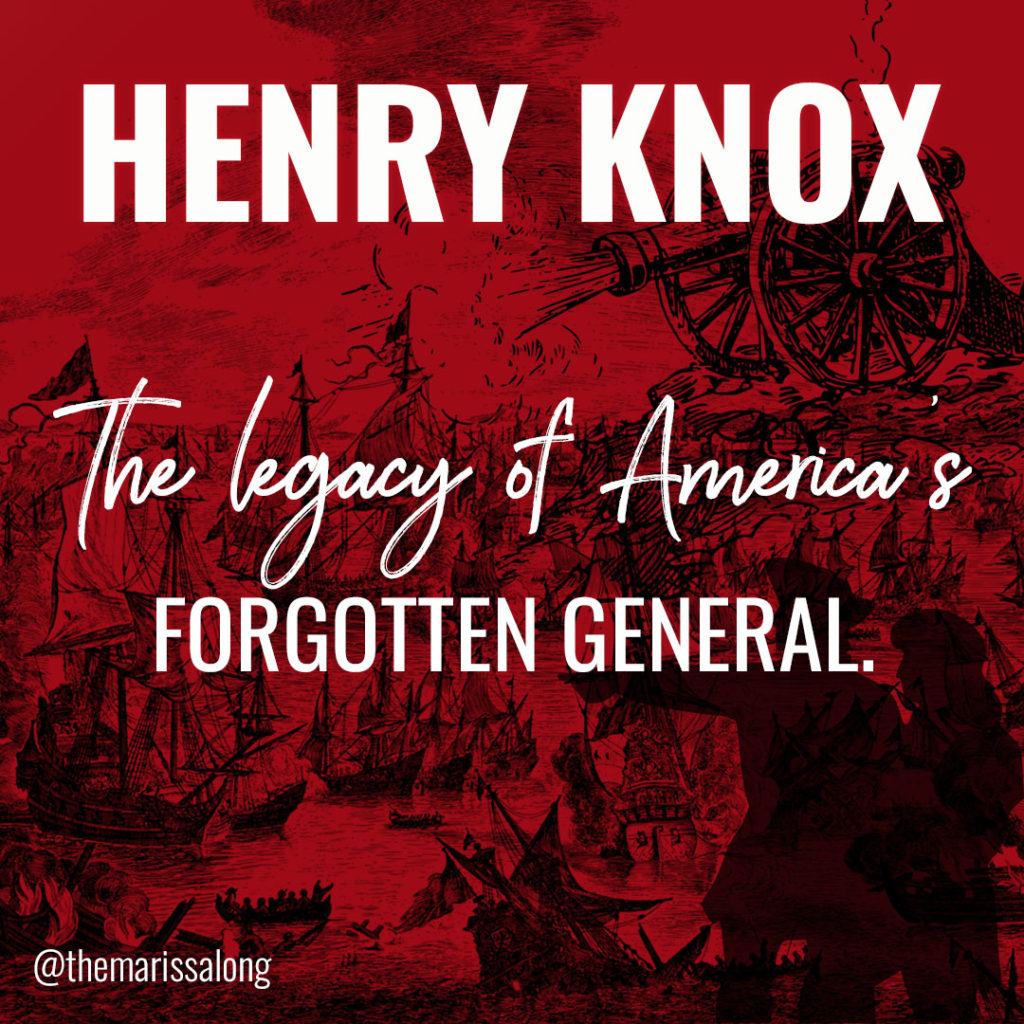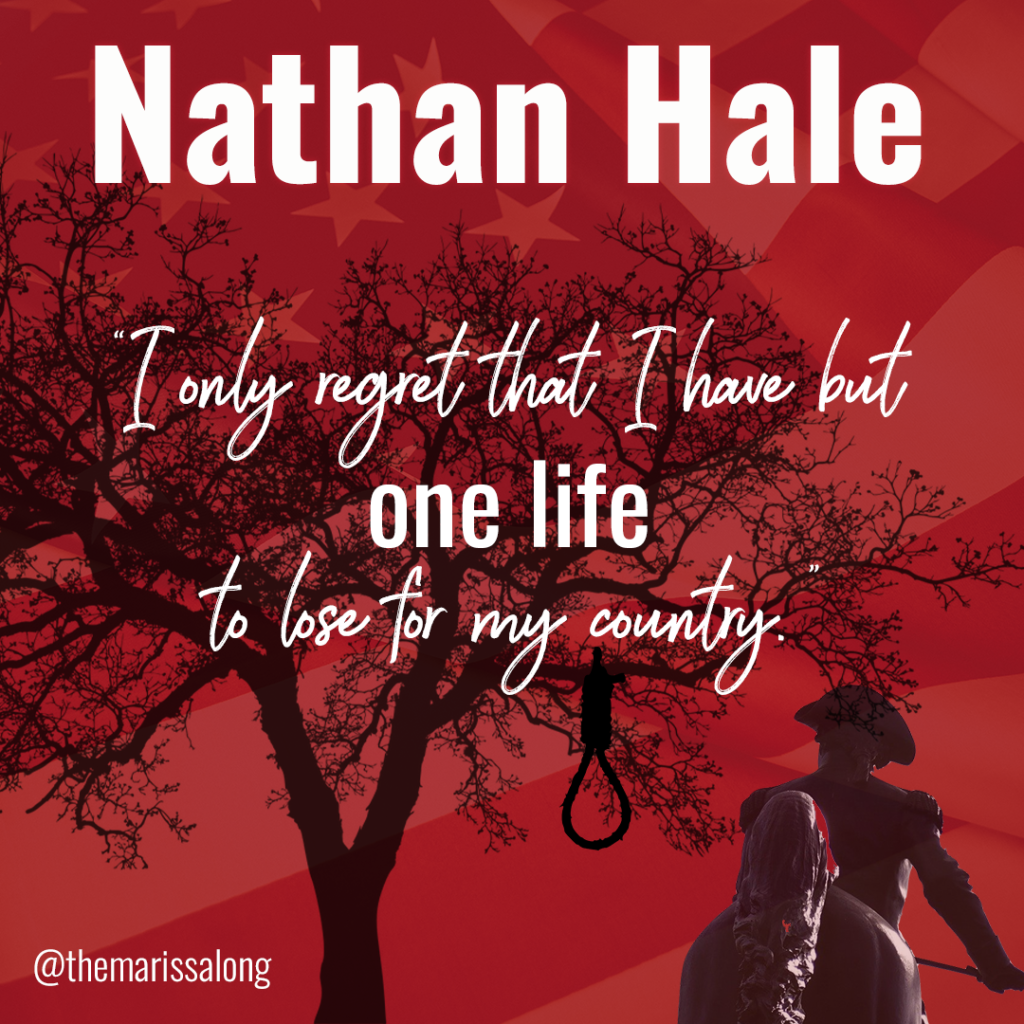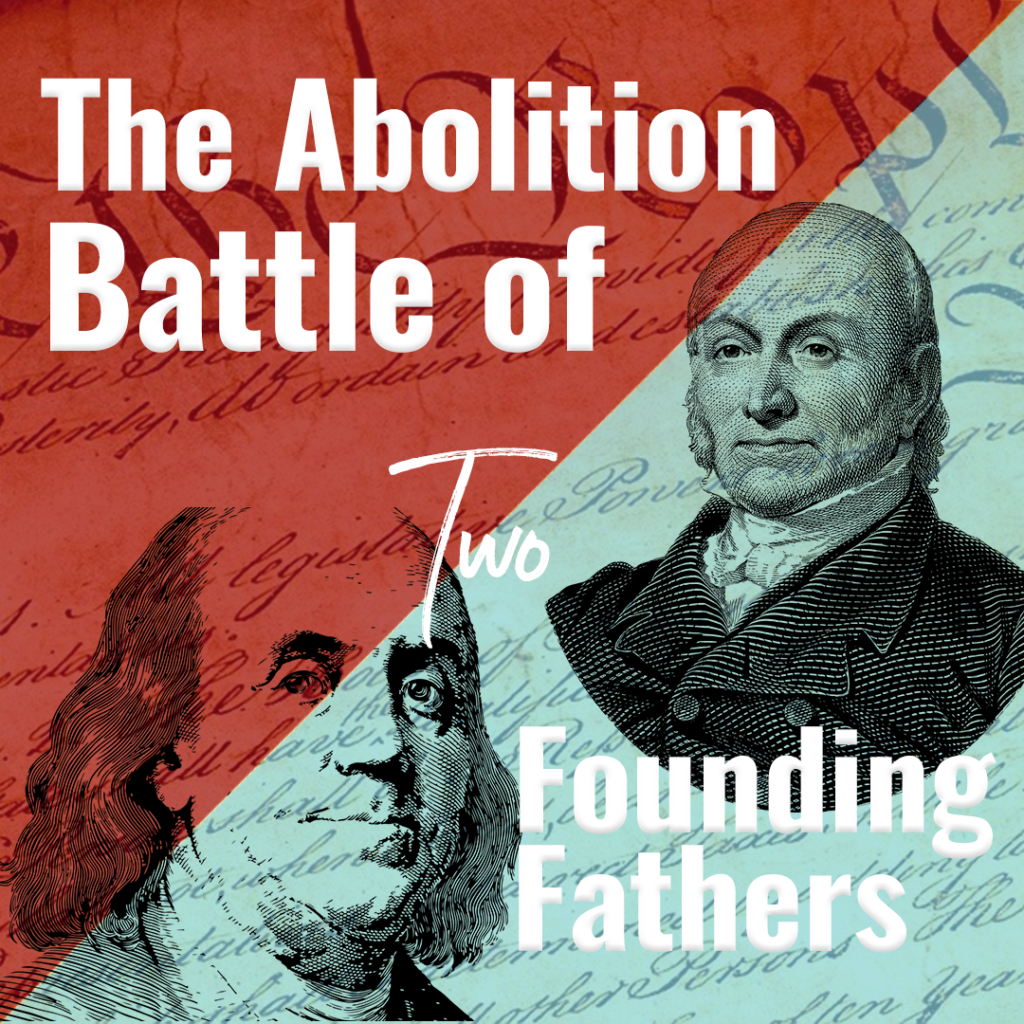Douglas MacArthur is a historic figure with mixed emotions: was he a war hero, brilliant strategist, and great leader? Or was he a traitor and disobedient to orders?
Instead of trying to figure out whether he was a “good guy” or a “bad guy”, let’s just look at the facts, and then you can decide what you think.
Douglas MacArthur’s Early Years
Douglas MacArthur was born January 26, 1880 to a military family in the Little Rock Barracks (Arkansas). MacArthur’s father, Arthur MacArthur, Jr., was a captain and had served as a Union soldier in the Civil War. Douglas’s mother was named Mary Pinkney Hardy.
The MacArthur family, with their three sons, moved throughout the American West, always following their father’s military assignments. MacArthur quipped later in life that, “It was here I learned to ride and shoot even before I could read or write – indeed, almost before I could walk or talk.”
MacArthur was homeschooled and later attended the West Texas Military Academy. The writing was on the wall: MacArthur was following his father’s footsteps as a military man.
MacArthur entered West Point in 1899 and graduated top in his class in 1903, despite such severe hazing that Congress passed legislation banning hazing in 1901. MacArthur received a commission as a second lieutenant in the U.S. Army Corps of Engineers.
Douglas MacArthur’s Early Years In the Military
MacArthur went straight to the Philippines (ironically) and oversaw construction projects as the Chief Engineer for the Division of the Pacific. He then went on a tour of the Far East and India in 1905 with his father, who had been promoted to major general.
MacArthur then attended the Engineer School in 1906 and worked his way up to a promotion to captain in 1911.
By 1914, President Woodrow Wilson was forced to respond to the inflammatory Mexico situation by dispatching U.S. forces to occupy Veracruz. MacArthur arrived May 1 and immediately set to work finding locomotives in Alvarado. MacArthur and his men were successful in obtaining the locomotives, despite fighting their way through hostile territory to get back to American lines. MacArthur was recommended for the Medal of Honor for his courage in this situation, but the board turned down the request because MacArthur had acted “without the knowledge of the commanding general. They also cited concerns that making the award would encourage staff officers in the future to conduct operations without alerting their superiors” (ThoughtCo).
RELATED: Rick Rescorla: Remembering 9/11
Douglas MacArthur & World War I
Douglas MacArthur served as an officer in France during World War I and formed the 42nd “Rainbow” Division “from existing National Guard units” (ThoughtCo). He received a promotion to brigadier general during that time.
Why was MacArthur’s unit called the “Rainbow Division”? Well, he wanted to boost the morale of his men, so he purposefully chose the men from as many states as he could get, claiming “the membership in the division ‘will stretch over the whole country like a rainbow’” (ThoughtCo).
MacArthur remained on the front lines during WWI, earning a Distinguished Service Cross with the 168th Infantry Regiment, and became the youngest general in the American Expeditionary Force on June 26, 1918. He earned five additional Silver Stars during WWI and gained command of the 84th Infantry Brigade.
He led his brigade on through the entirety of WWI, despite being wounded, and finally “saw occupation duty in the Rhineland before returning to the United States in April 1919” (ThoughtCo).
Douglas MacArthur at West Point
MacArthur received a well-deserved break after the first world war as he settled down as the superintendent of West Point from 1919-1922. He met and married Louise Cromwell Brooks in 1922 but was divorced in 1929 with no children.
Several years later, he met and married Jean Faircloth in 1937, and the couple named their only child Arthur MacArthur IV in 1938.
Douglas MacArthur in the Philippines
MacArthur left West Point in October 1922 and stepped into his commander’s shoes in the Military District of Manila. He received a promotion to major general on January 17, 1925, still in the Philippines and “moved north in 1925 to take command of III Corps Area with […] headquarters at Baltimore, Maryland” (ThoughtCo). MacArthur served another two-year assignment in the Philippines and then transferred to the United States in command of IX Corps Area in San Francisco.
“President Herbert Hoover 91874-1964) named MacArthur chief of staff of the Army, with the rank of general” in 1930 (History.com). MacArthur faced a shortage of military manpower and had no choice but to shut down 50 bases. During this time, MacArthur worked tirelessly to modernize the Army’s war plans, and he successfully “concluded the MacArthur-Pratt agreement with the Chief of Naval Operations, Admiral William V. Pratt, which helped define each service’s responsibilities in regard to aviation” (ThoughtCo).
MacArthur faced public criticism, however, in 1932 when, under orders from President Hoover, he removed the “Bonus Army” (WWI veterans marching to request early payment for their military service) from their encampment at Anacostia Flats. It became a public crisis for the entire American military.
In 1935, MacArthur was invited by the Philippine President Manuel Quezon to supervise the creation of an armed force for the Philippines. MacArthur was appointed field marshal of the Commonwealth of the Philippines and served “in the U.S. Army as the Military Advisor to the Commonwealth Government of the Philippines” (ThoughtCo).
After much work and endless lobbying for equipment and manpower, MacArthur retired from the U.S. Army to serve as an advisor to Quezon in 1937.
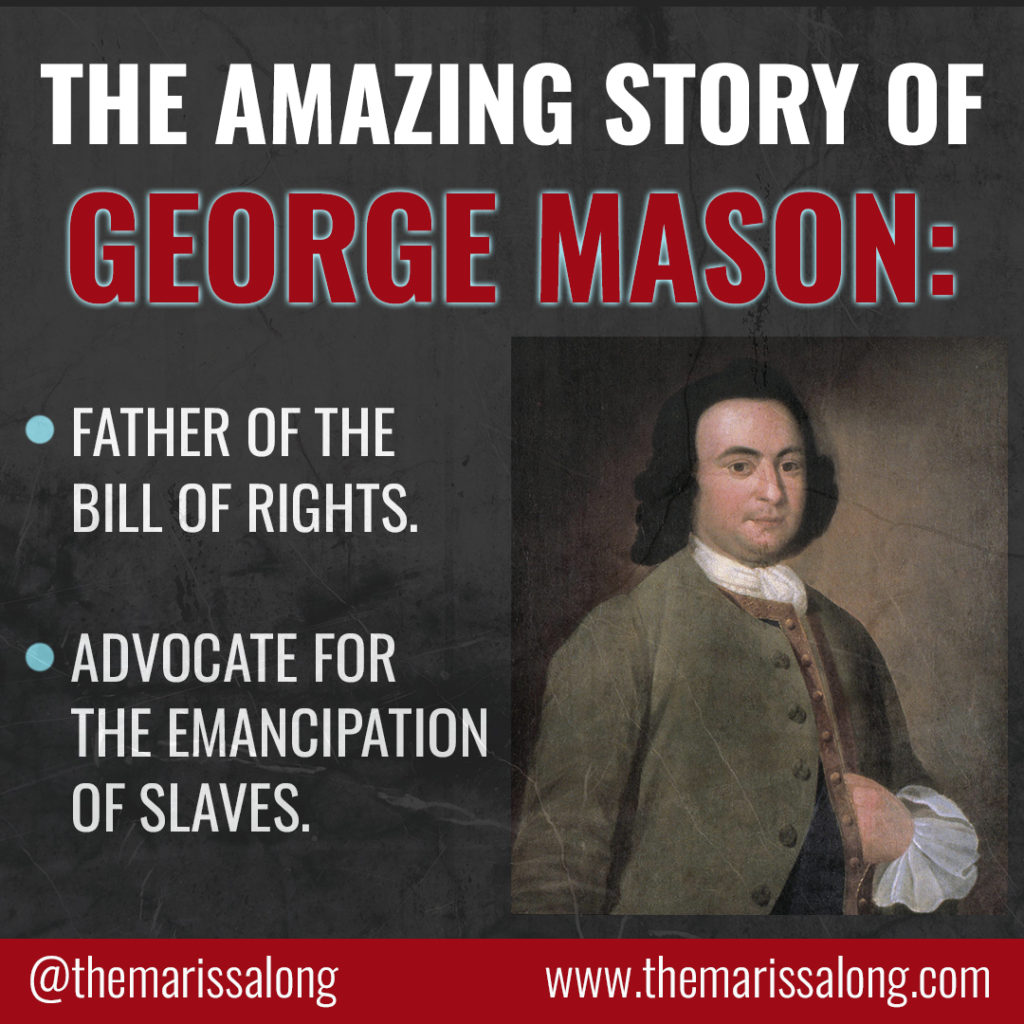
RELATED: THE AMAZING STORY OF GEORGE MASON
Douglas MacArthur in World War II
The threat of Japan became clear in 1941, and Douglas MacArthur was recalled by President Roosevelt to active duty in the U.S. Army in the Far East. The Philippine Army was federalized, and troops and materials strengthened their position in late 1941.
December 1941 marked the month that active war began. On December 8, 1941, MacArthur caught word at 3:30 a.m. of a pending attack on Pearl Harbor, but by 12:30 p.m. MacArthur’s air force was destroyed by Japanese strikes on Clark and Iba Fields outside Manila. The Allied forces were forced to retreat as the Japanese landed at Lingayen Gulf and began their inland invasion. The troops “retreated to the Bataan peninsula”, but survival was tough (History.com).
MacArthur earned the nickname “Dugout Doug” as he issued orders from an underground tunnel. In March 1942, President Roosevelt ordered MacArthur to flee Corregidor Island with his family and staff members in PT boats headed for Australia. MacArthur refused at first but finally left on March 12, 1942.
His famous one-liner was given while traveling south and issuing a broadcast to the Philippines where he stated, “I shall return.” And return he did.
He served in New Guinea, serving in “Operation Cartwheel, an Allied strategy for isolating the Japanese base at Rabaul. Moving forward in April 1943, Allied forces captured both towns by mid-September.”
Finally, in 1944, MacArthur was able to plan his return to the Philippines after he met with President Roosevelt and Admiral Chester W. Nimitz in 1944. MacArthur showed them his plans to liberate the Philippines. At long last, on October 20, 1944, MacArthur supervised “the Allied landings on the island of Leyte” (ThoughtCo). He proudly announced, “People of the Philippines: I have returned. By the grace of Almighty God our forces stand again on Philippine soil — soil consecrated in the blood of our two peoples. […] Let the indomitable spirit of Bataan and Corregidor lead on.”
By December 1944, MacArthur was promoted to General of the Army and senior commander in the Pacific. He continued fighting in the Philippines and ultimately liberated Manila, the city where his son was born in 1938 and was awarded his third Distinguished Service Cross.
After years of fighting and attacks and retreats, the Japanese surrendered in August 1945 after America dropped the atomic bombs. “MacArthur was appointed Supreme Commander fo the Allied Powers (SCAP) in Japan on August 29 and charged with directing the occupation of the country.”
MacArthur received the Japanese surrender aboard the USS Missouri in Tokyo Bay on September 2, 1945.
RELATED: HENRY KNOX: AMERICA’S FORGOTTEN GENERAL
Douglas MacArthur and the Japanese Occupation
One of MacArthur’s lesser-known legacies was his extensive work during the Japanese occupation. Because Japan surrendered to America, the country fell under the control of the U.S. Occupation Army (consequentially under MacArthur’s command).
On September 6, 1945, President Truman wrote to MacArthur, “The authority of the Emperor and the Japanese Government to rule the State is subordinate to you as Supreme Commander for the Allied powers. You will exercise your authority as you deem proper to carry out your mission.”
MacArthur, Christianity, and Japan
MacArthur was a deeply religious man with roots in Episcopalian Christianity, and as he took command over rebuilding Japan, he focused specifically on rebuilding Japan’s Christian faith, which it had lost.
As Eiichiro Tokumoto (investigative Japanese journalist) wrote, “There was a complete collapse of faith in Japan in 1945-in our invincible military, in the emperor, in the religion that had become known as ‘state Shinto’” (1945 Under the Shadow of the Occupation: The Ashlar and the Cross).
Shinto religion was taught in public schools and reignited ancient traditions such as Bushido, “an ancient samurai warrior code, […] fighting to the death, similar to Islamic jihad martyrs” (AmericanMinute).
MacArthur longed to bring an end to these destructive religions that would inevitably lead to communism.
He said, “Japan is a spiritual vacuum … If you do not fill it with Christianity, it will be filled with communism.”
MacArthur begged American ministries to send 10,000 missionaries along with Bibles to Japan, and he “helped distribute 43 million Bibles, resulting in it becoming a best-seller in Japan” (AmericanMinute).
As the Honorary Chairman of the first post-war Japanese Christian University, he said that Christianity would “provide the surest foundation for the firm establishment of democracy” and “democracy and Christianity have much in common, as practice of the former is impossible without giving faithful [service] to the fundamental concepts underlying the latter.”
Later, Emperor Hirohito was in favor of making “the government convert all of Japan to Christianity” (AmericanMinute).
However, MacArthur did not accept the emperor’s offer because he believed in free choice, saying that, “This most sacred of human rights – to worship freely in accordance with individual conscience – is fundamental to all reforms.”
MacArthur wrote “Bringing the Bible to Japan” in U.S. News and World Report that “no phase of the occupation has left me with a greater sense of personal satisfaction than my spiritual stewardship” (February 4, 1955).
Tragically, few missionaries followed MacArthur’s lead in evangelizing Japan, and by 1952, the U.S. occupation was over, and the opportunity was gone.
RELATED: THE PATRIOT IN HIS 20’S: NATHAN HALE – AMERICA’S FAMOUS SPY
Douglas MacArthur & the Korean War
In June 1950, North Korea attacked South Korea, and once again, war consumed everyone’s thoughts and news outlets. The United Nations took action by sending a military force to help South Korea and allowed the U.S. to select the commander-in-chief of the operation. MacArthur was a unanimous decision, and he brilliantly led operations, consistently reinforcing and strengthening the U.S. and South Korean initiatives.
In September, MacArthur launched a daring strike that was very successful, driving the North Koreans over the 38th Parallel, and as the United Nations military crossed that line into North Korean territory, the People’s Republic of China bristled and issued a warning that they would become involved “if MacArthur’s troops reached the Yalu River” (ThoughtCo). MacArthur met with President Truman in October on Wake Island and expressed optimism about the war, saying he would have the troops home by Christmas. However, Communist China thwarted his hopes in October, flooding across the border and forcing the UN military south, past Seoul. MacArthur responded with a counter-offensive and liberated Seoul in March, putting his men over the 38th Parallel once more. MacArthur demanded that “China admit defeat on March 24, preempting a White House ceasefire proposal” (ThoughtCo). Truman consequentially “relieved MacArthur on April 11 and replaced him with General Matthew Ridgway” (ThoughtCo).
RELATED: THE FOUNDING FATHERS WAGED WAR ON SLAVERY
Douglas MacArthur’s Life After the Korean War
MacArthur’s clash with President Truman and his actions in North Korea have been both praised and criticized. On one hand, many say that MacArthur disobeyed orders and acted outside of his area of command. On the other hand, many say that President Truman’s actions and “containment” strategy “sentenced millions to live under communist totalitarianism” (AmericanMinute) and allowed the Chinese Communist Party to become a major world power.
So which view is right? It’s up to you to decide that by objectively looking at the facts. Should America have pursued the opportunity to crush the CCP’s power? Would that have been an imperialistic/globalist move on the American side?
[insert 3 types of gov]
MacArthur made his views clear: “it is fatal to enter a war without the will to win it.”
President Truman faced incredible backlash from the public because MacArthur was a very popular military figure in America at the time. When MacArthur returned to America after his demotion, “he was hailed as a hero and given ticker tape parades in San Francisco and New York” (ThoughtCo).
He travelled America, giving speeches, one of which he said in December 1951, “History fails to record a single precedent in which nations subject to moral decay have not passed into political and economic decline. There has been either a spiritual awakening to overcome the moral lapse, or a progressive deterioration leading to ultimate national disaster.
People were hopeful that MacArthur would run for president in 1952, but MacArthur did not run, especially as his popularity decreased under a Congressional investigation that supported Truman’s actions against MacArthur.
MacArthur retired in New York City, finally settling down with his wife, Jean. He advised President John F. Kennedy in 1961 regarding Vietnam and the fears of war.
Douglas MacArthur died April 5, 1964 in Bethesda, Maryland and was buried at the MacArthur Memorial in Norfolk, Virginia.
His legacy is unforgettable, his service was a moving force in shaping the world and America, and his patriotism is something we should all look up to. MacArthur was one of America’s greatest heroes, regardless of any mistakes he may have made along the way.
